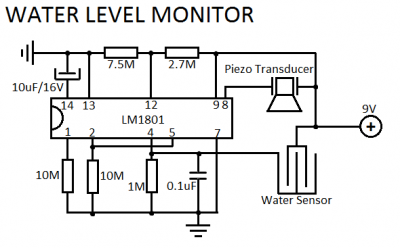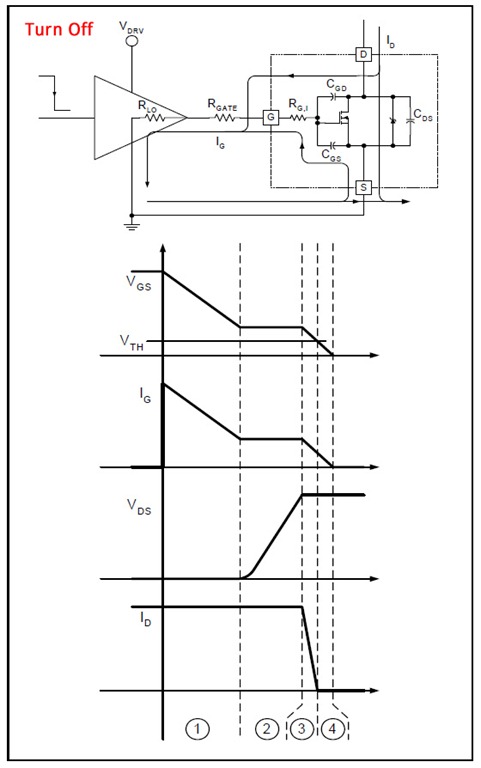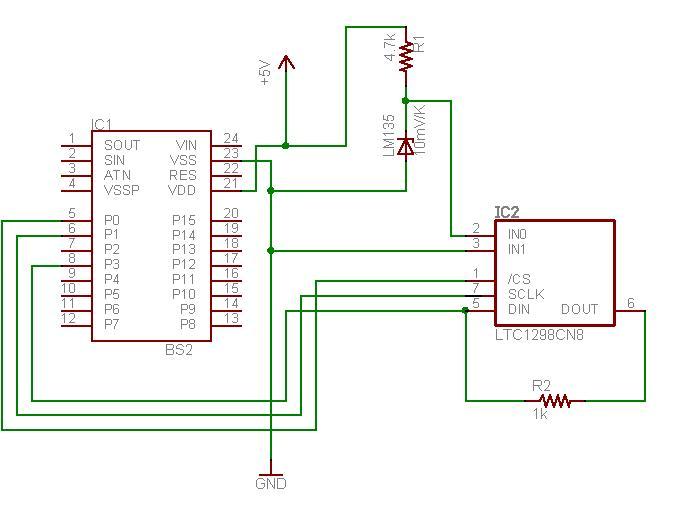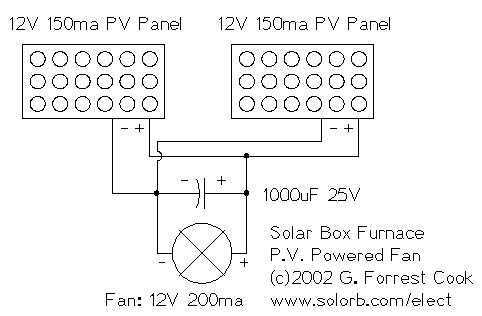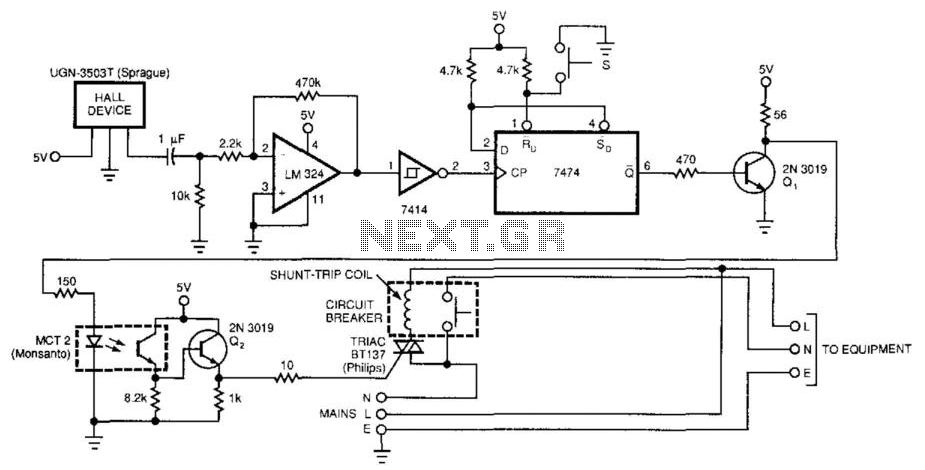
Robotics IR Navigation Sensor
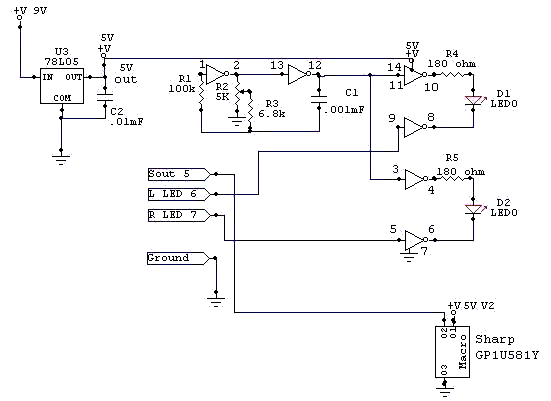
The following circuit illustrates a Robotics IR Navigation Sensor Circuit Diagram. Features include one chip, the 74HC04, and the IR sensor is designed to operate in direct sunlight.
The Robotics IR Navigation Sensor Circuit utilizes an inverter IC, specifically the 74HC04, to process signals from the infrared (IR) sensors. This circuit is typically employed in robotic applications for navigation and obstacle detection. The 74HC04 contains six independent inverters, which can be used to amplify and condition the signals received from the IR sensors.
The IR sensors in this configuration emit infrared light and detect the reflection from nearby objects. When an object is detected, the reflected IR light is received by the sensor, which generates a corresponding electrical signal. The output of the IR sensor is then fed into one of the inverters on the 74HC04 chip. The inverter converts the signal, effectively changing its logic state, which can be used to trigger further actions in the robotic system, such as steering or stopping.
In addition to the 74HC04, the circuit may include passive components such as resistors and capacitors to filter noise and stabilize the operation of the sensors. The design must account for the operational conditions, ensuring that the IR sensors function effectively under various lighting conditions, including direct sunlight. This requires careful selection of the sensor type and possibly the implementation of additional circuitry to enhance performance in bright environments.
Overall, this circuit design is fundamental for creating autonomous robotic systems capable of navigating their surroundings efficiently by detecting and responding to obstacles in real time.The following circuit shows about Robotics IR Navigation Sensor Circuit Diagram. Features: one chip 74HC04, IR sensor will work in direct sun .. 🔗 External reference
The Robotics IR Navigation Sensor Circuit utilizes an inverter IC, specifically the 74HC04, to process signals from the infrared (IR) sensors. This circuit is typically employed in robotic applications for navigation and obstacle detection. The 74HC04 contains six independent inverters, which can be used to amplify and condition the signals received from the IR sensors.
The IR sensors in this configuration emit infrared light and detect the reflection from nearby objects. When an object is detected, the reflected IR light is received by the sensor, which generates a corresponding electrical signal. The output of the IR sensor is then fed into one of the inverters on the 74HC04 chip. The inverter converts the signal, effectively changing its logic state, which can be used to trigger further actions in the robotic system, such as steering or stopping.
In addition to the 74HC04, the circuit may include passive components such as resistors and capacitors to filter noise and stabilize the operation of the sensors. The design must account for the operational conditions, ensuring that the IR sensors function effectively under various lighting conditions, including direct sunlight. This requires careful selection of the sensor type and possibly the implementation of additional circuitry to enhance performance in bright environments.
Overall, this circuit design is fundamental for creating autonomous robotic systems capable of navigating their surroundings efficiently by detecting and responding to obstacles in real time.The following circuit shows about Robotics IR Navigation Sensor Circuit Diagram. Features: one chip 74HC04, IR sensor will work in direct sun .. 🔗 External reference
